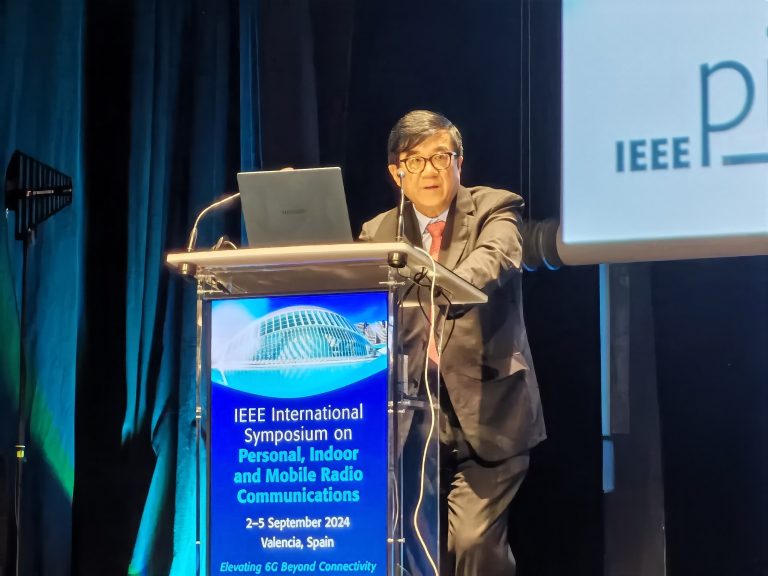Insights from the IEEE PIMRC Conference
6G: A Leap Beyond 5G
Dr. Tong Wen emphasized that 6G should not be seen as a simple evolution of 5G but as a revolutionary leap that integrates the ongoing AI revolution. “6G will redefine the wireless industry, elevating it to new heights,” Dr. Tong Wen stated. He outlined the anticipated timeline for 6G standards, with initial discussions set to commence within the 3GPP in 2025. The first version of the 6G standard is expected to be finalised by 2030, marking the beginning of a global shift towards a unified 6G ecosystem.
Long-Term Vision for 6G
Dr. Tong Wen detailed that 6G is envisioned as a long-term game plan, intended to support innovations throughout the 2030s and beyond. Unlike 5G, which was an incremental step forward, 6G must offer substantial technological advancements. From an investment perspective, it should provide long-lasting value and not merely replicate existing 5G technologies. This forward-looking approach ensures that 6G will drive significant progress in the mobile industry.
Generational Technological Disruption
Dr. Tong Wen highlighted that 6G must represent a true generational technology disruption. As AI continues to reshape every aspect of modern life, 6G must fully embrace this change. “We must delve into emerging opportunities and potential for the mobile sector, concentrating on application scenarios and needs projected for 2030 and beyond,” he stated. The new 6G standards should incorporate disruptive technologies that enable significant improvements in network performance, energy efficiency, and user experience. Specifically, Dr. Tong Wen advocated for advancements that would offer 10 to 30 times improved user experiences and triple the inherent spectral and energy efficiency.
Integration of AI in 6G Standards
A critical aspect of 6G, according to Dr. Tong Wen, is its integration with AI. He drew a parallel between the Internet’s role in transforming technology two decades ago and AI’s current impact. “AI is becoming the enabler of the latest technologies, and 6G must leverage AI to its fullest potential,” he stated. Dr. Tong Wen discussed the need for the 6G standardization process to accommodate disruptive changes brought by AI technologies. On the core network side, he advocated for the use of Agentic-AI-based technology to automate the 6G-Core, including its generation, operation, and maintenance. This will support advanced AI capabilities, sensing, and NTN functionalities.
Future AI Applications in RAN and UEs
In terms of Radio Access Networks (RAN), Dr. Tong Wen projected that AGI and embodiment-AI will emerge as predominant applications in the period from 2030 to 2040. The industry must further investigate these technologies beyond current Generative-AI models. He remarked, “Finalising the 6G air interface design is premature until we fully grasp how it can support advanced AI capabilities.” On the user equipment (UE) side, 6G devices must support comprehensive AI functions. Dr. Tong Wen stressed that adapting to rapid developments in AI and sensing will be crucial for the success of 6G.
Avoiding Overlap with 5G
The Role of Terminal Technologies
The advancement of terminal technologies is another key factor for the evolution of 6G. Dr. Tong Wen cited the impact of the iPhone in 2007 as a transformative force in mobile broadband development. He underscored the need for breakthroughs in terminal technologies to drive the next wave of mobile industry growth. “Advancements in terminal technology are essential for the 6G system to fully harness its potential, ensuring that devices can maximise the capabilities of the new generation,” he observed.
